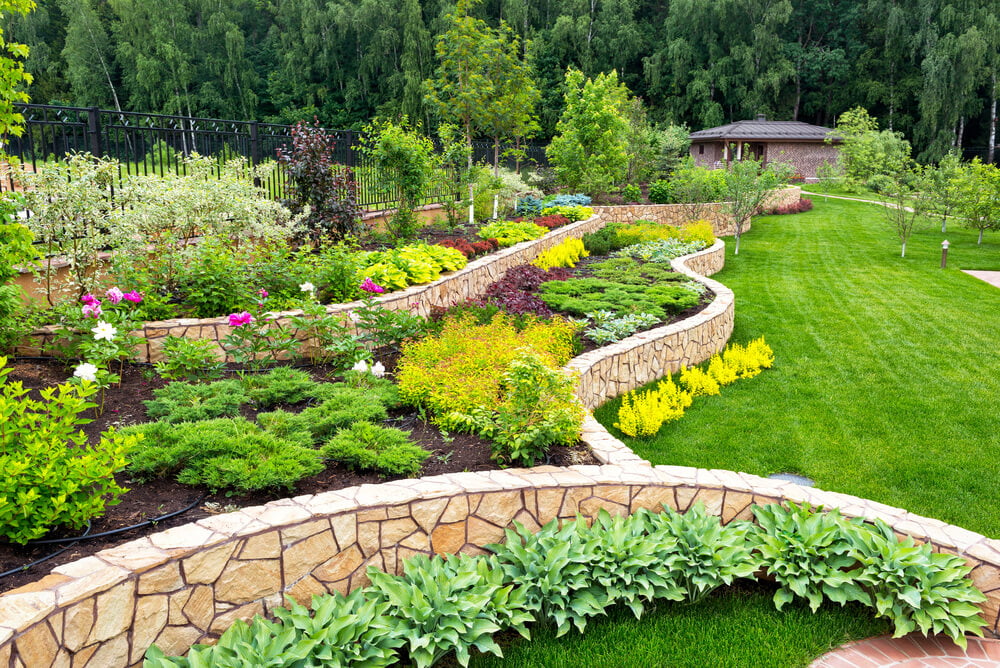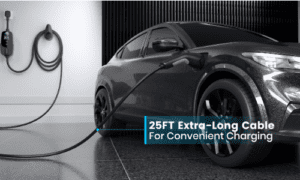Introduction
Outdoor improvement projects offer homeowners the chance to transform their yards into spaces that are both functional and beautiful. From creating privacy with a new fence to designing a vibrant landscape, the opportunities are endless. But as with any major home upgrade, these projects come with challenges—and making the wrong decisions early on can cost more than just money.
Poor planning, choosing the wrong materials, or hiring an underqualified contractor are just a few of the missteps that can delay your project or lead to disappointing results. When fencing and landscaping are treated as separate, disconnected tasks, the overall cohesion and usability of the space often suffer.
Mile High Fence & Landscape helps homeowners avoid these pitfalls by providing insight into what truly makes an outdoor space successful. Whether you’re preparing for a major redesign or starting small, knowing what to watch out for can make all the difference.
Mistake #1: Not Starting With a Plan
Why It Happens
Many homeowners begin outdoor projects with a vague vision: a nicer yard, more privacy, or better curb appeal. But without a defined plan, it’s easy to overlook critical details—like how your fence will affect plant growth, or whether your landscaping design allows for future access and maintenance.
When fencing or landscaping is installed without considering the broader layout, you risk creating a space that’s cluttered, awkward, or difficult to maintain.
How to Avoid It
Start with a site plan—even a simple sketch. Identify existing features (trees, slopes, drainage) and outline your goals for the space. Consider how different zones will function: where kids will play, where the dog will run, where you’ll relax.
Collaborating with a landscaping company or fencing company that offers design services can also help you visualize the result before the work begins.
Mistake #2: Ignoring Property Lines and Local Regulations
The Issue
One of the most costly mistakes in fence installation is building on the wrong side of a property line. Not only can this lead to disputes with neighbors, but you might also be required to remove or relocate the fence—at your own expense.
Additionally, many municipalities require permits for fence construction or changes to grading and landscaping. Failing to secure approval can result in fines or construction delays.
The Solution
Before digging begins, confirm your property boundaries with a recent survey. Then, check with your city or county office for permit requirements, setback regulations, and height restrictions for fences.
A professional fencing company should be familiar with local code and able to guide you through the permitting process as part of their service.
Mistake #3: Choosing the Wrong Materials for Your Climate
Common Oversight
Not all materials perform equally in every environment. Selecting the wrong type of wood, fencing hardware, or plant species can lead to rapid deterioration, extra maintenance, and even project failure.
In dry climates, untreated wood may warp and crack, while in wet regions, it may rot quickly. Similarly, some ornamental plants may not thrive in high-altitude or low-water environments.
Smarter Choices
Work with contractors and designers who are familiar with regional conditions. For fencing, choose treated or composite materials suited for your weather patterns. For landscaping, prioritize native or climate-adapted plants that require less irrigation and are naturally more resilient.
Mile High Fence & Landscape emphasizes local knowledge to help clients choose the right materials for long-term success.
Mistake #4: Overlooking Drainage and Soil Conditions
A Hidden Problem
You can install the perfect fence or lay the most beautiful sod—but if water doesn’t drain properly, it won’t last. Poor drainage leads to rotting fence posts, flooded garden beds, and soggy lawns that are difficult to maintain.
Soil conditions also impact project results. For example, hard, compacted soil can prevent proper root development or make fence post installation more labor-intensive.
What You Can Do
Assess your site’s drainage before beginning any project. Watch how water moves after rainfall, and identify any low-lying areas. Incorporate grading, French drains, or dry creek beds to guide water away from foundations and fence lines.
Soil testing can also provide insight into pH balance, composition, and compaction levels—allowing you to make smarter decisions about plant selection and soil amendments.
Mistake #5: Not Planning for Future Access and Maintenance
Why It’s an Issue
Fences and landscapes require upkeep. Unfortunately, many designs prioritize appearance over practicality, making it difficult to mow, trim, or access key areas like irrigation valves, hose bibs, or gate hardware.
In some cases, fences may be installed too close to walls, air conditioning units, or garden beds, leaving little room for tools or maintenance crews to work safely.
Plan Ahead
Think about how your outdoor space will be maintained—not just enjoyed. Leave enough space between fences and permanent fixtures. Design garden beds with clean edges and pathways. Install access panels where needed.
Use plantings that won’t overgrow into fence lines or become hazardous to walkways. A landscaping company with an eye for maintenance can help ensure your design stays manageable for years to come.
Mistake #6: Treating Fencing and Landscaping as Separate Projects
Missed Opportunities
Many homeowners tackle fencing and landscaping one at a time—installing a fence now and handling the yard later. But this staggered approach can limit your options and increase costs in the long run.
For example, landscaping after fence installation might require removing newly planted beds to make space for gate access. Conversely, adding a fence later might disrupt established gardens or irrigation systems.
Better Together
Whenever possible, plan both aspects of your yard together. This allows for better alignment of materials, cleaner transitions between hardscape and plantings, and more efficient scheduling.
Working with a company that offers both services can streamline the process and ensure your fence installation in Denver and landscaping plans work in harmony—not competition.
Mistake #7: Choosing Price Over Experience
The Temptation
It’s easy to gravitate toward the lowest bid when comparing quotes for outdoor work. But cheaper doesn’t always mean better. Inexperienced contractors may cut corners on prep work, use subpar materials, or lack familiarity with local conditions—all of which can lead to poor results.
The Long-Term Cost
Poor craftsmanship often results in repairs or full replacements far sooner than expected. That fence that saved you a few hundred dollars may need reinstallation after just a few seasons. Plants installed without proper soil prep or placement may not survive a year.
When comparing fencing or landscaping companies, ask about their experience, references, and material warranties. Choose professionals who value quality and long-term durability over shortcuts.
Conclusion
Outdoor spaces are more than just visual upgrades—they’re functional extensions of your home. Getting the most out of a fencing or landscaping project starts with avoiding the common pitfalls that can delay, damage, or derail your investment.
From planning and materials to drainage and long-term upkeep, every decision plays a role in the final result. By taking a thoughtful, integrated approach, you not only create a space that looks great—you build something that works well for years to come.
Mile High Fence & Landscape works with homeowners to identify and overcome the most common outdoor project challenges. With the right planning, tools, and team, you can avoid costly mistakes and enjoy a smooth, successful transformation.
Read More From Techbullion



































